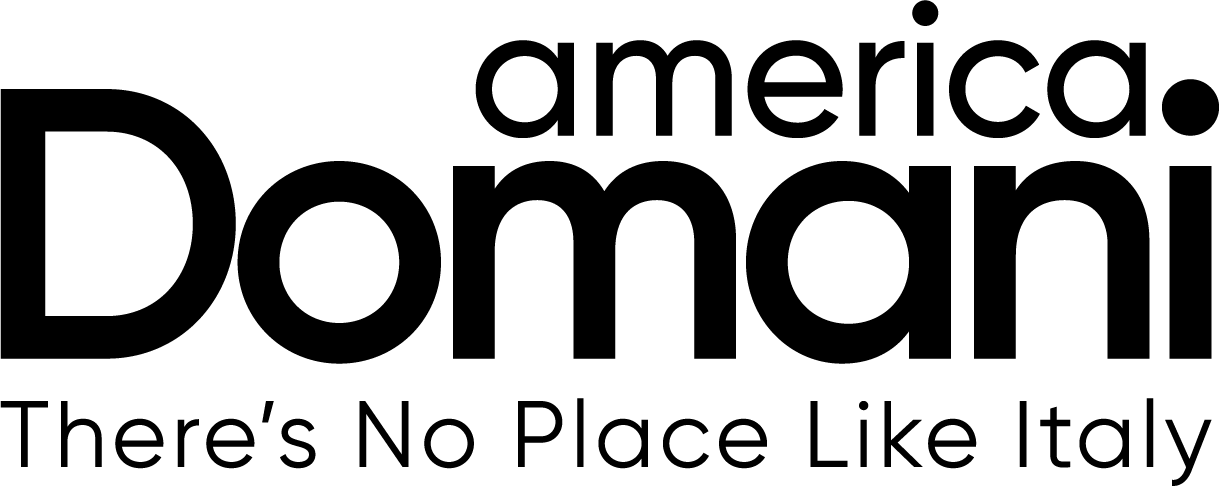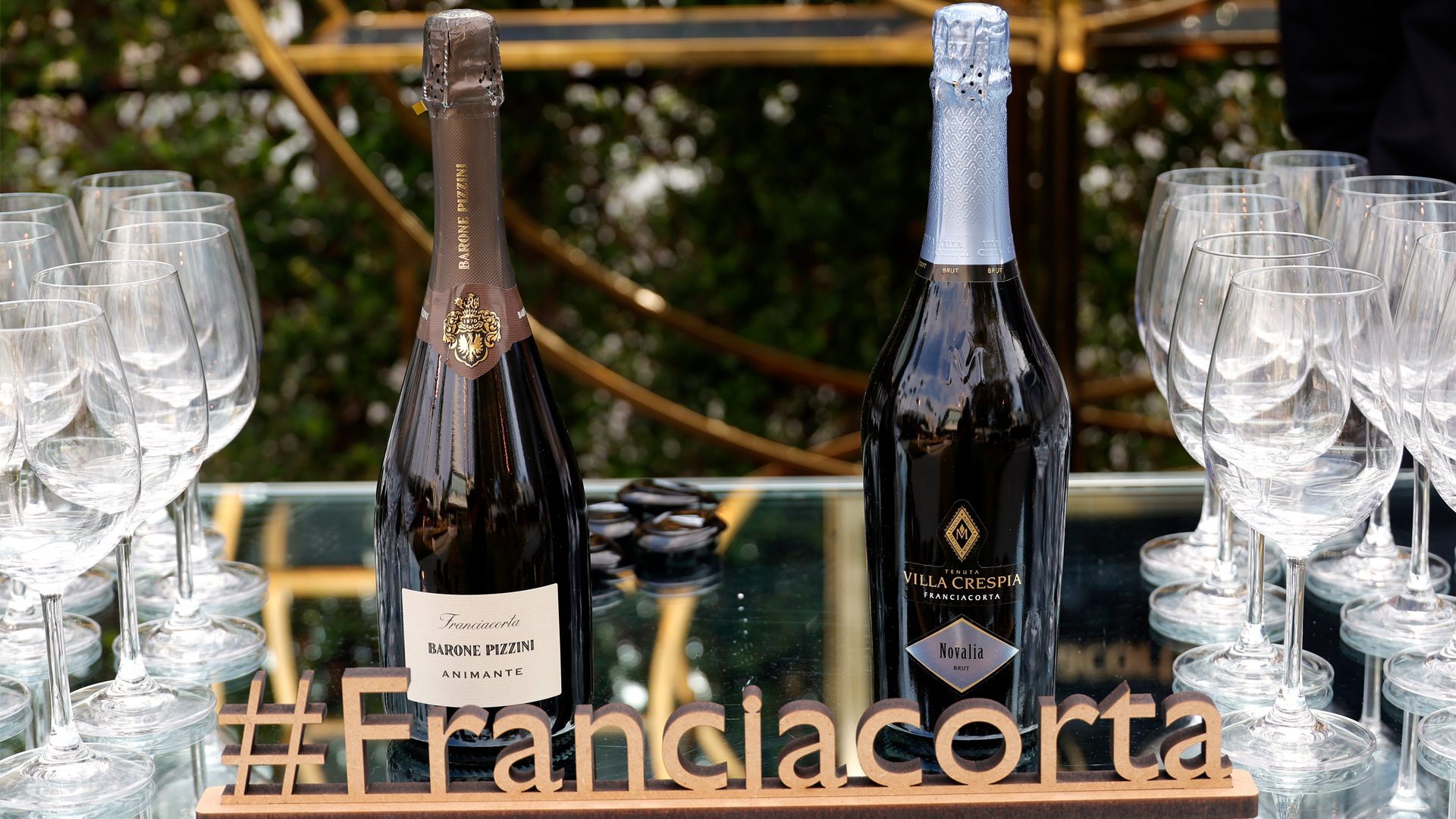As New Years approaches and we plan our ringings and traditions, perhaps a welcome change may be to skip the Champagne and instead veer your tastes to northern Italy for the exclusive Franciacorta–the peninsula’s prized bubbles. Garnering more prize medals than Champagne at The Champagne and Sparkling Wine World Championships in 2019, Franciacorta has earned its place among the rankings and asked its French cousin to share the stage. The Italian sparkling wine is produced under the most scrutinous, firm standards, as denoted by its rare DOCG classification. Franciacorta’s home, the territory of the same name within Lombardy, has been known since ancient times as one with esteemed winemaking traditions and production–and was even boasted by both Virgil and Pliny the Elder in their writings over 2000 years ago. Millennia of practice and history have brought us this hand-harvested, superior wine, which some experts think is the best-kept secret in the sparkling world. When you experience its velvet bubbles gracing your tastebuds, the only regret you may have is not having found it sooner.
An hour east of Milan, the 200km² rolling fields of the Franciacorta territory are nestled between Monte Alto and Monte Orphan. These foothills of the Brescian Prealps are known to have the ideal soil composition for grapes–a blend of gravel and sand mixed with ancient glacial dust, packed with minerals. With mild, predictable weather, it is not surprising to learn that this area has been inhabited since the stone age and there is evidence that grapes have been cultivated here since prehistory. Archeological discoveries have made it clear that over thousands of years many different peoples have found respite in this area during their migrations, some settling for long periods like the Gauls, Romans, and the Lombards. Each of these unique cultures built off of their territorial forebears` planting and farming techniques. These viticultural traditions, refined over countless generations and centuries, have resulted in incomparable wines, one of which is Franciacorta DOCG.
The name, Franciacorta, was first applied to a wine variety in 1957, at that time known as Pinot di Franciacorta. It was a few years before this time that Guido Berlucchi, a winemaker in the Franciacorta territory, sought advice from a young enologist, Franco Ziliano. Ziliano had gained a positive reputation in the viticultural world and often consulted for prominent Italian wineries on how to improve their productions and vintages. Berlucchi sought Ziliano’s expertise simply to assist him in stabilizing his white wine, Pinot del Castello. Although it began as a simple inquiry, what resulted was a lifelong partnership that influenced the world of sparkling wine immeasurably. Upon seeing the Berlucchi family estate, those fertile, rolling green vineyards, and noting the ideal soil and climate, Ziliano’s vision was clear: The estate had an incredible potential to produce sparkling white wines of a quality so impressive, it could compete with the standard-setting French Champagne.
Berlucchi Winery was founded by the partners in 1955. Met with many challenges, a few rocky years at the start, and countless tests, it was the year 1961 when the two pioneers finally sealed their first, small production of 3,000 bottles of Pinot di Franciacorta. One year later, upon uncorking and tasting those first glasses, they found that they had created something of excellence.
An explosion of interest followed this first 3,000 bottle vintage, which was quickly boosted to 20,000, then 100,000 annually over a few short years. By 1967 there were eleven separate producers of Franciacorta in the territory, the same year it was granted the highly-regarded DOCG status.
A half-century of experimentation, and honing by multiple passionate producers within the Franciacorta territory, has composed a collection of Franciacorta vintages that will surprise any fortunate palate garnished with the smooth spumante. Although Berlucchi was the first and has collected countless awards over the years–including being named Winery of the Year 2022 by Gambero Rosso, there are over one hundred reputable producers today within those lush 200km², all with earned notoriety, many boasting their own awards for their productions. Similar to other Italian-made specialties, the Franciacorta DOCG status requires these producers to adhere to extremely rigid rules of production and frequent reviews to ensure any bottle with the Franciacorta DOCG name is of the highest quality and represents its heritage with eminence.
Taking a glimpse at the production methods of this revered sparkling wine can help to prove to anyone why Franciacorta is, with every bottle, a special event. The journey of these grapes begins with harvesting three types: Chardonnay, Pinot Nero, and Pinot Bianco. Using any other varieties would remove the ability to call the final product Franciacorta. From here, the wineries are required to employ the metodo classico during production. This “classic method” is also used in France for producing Champagne (méthode champenoise). In order for any sparkling wine to develop its carbonation it must go through a second fermentation. For most factory-produced and common brands, this second fermentation takes place in large stainless steel tanks–one example end-product being the well-known Prosecco. However, perhaps the most notable aspect of the centuries-old metodo classico is that, like Champagne, the second fermentation for Franciacorta is a delicate process that takes place in the bottle itself. The method further dictates that this second fermentation must develop undisturbed for a minimum of eighteen months (only fifteen required for Champagne). After aging, the wine undergoes the lengthy riddling practice, which involves giving each bottle a slight shake and micro-turn every day to slowly concentrate the leftover yeast at the neck of the bottle. Once this yeast is removed and the bottle recorked, you are left with a beautifully-sculpted vessel of satin-white bubbles that are often described as carbonated silk when you find yourself lucky enough to sample it–a sensual experience, to say the least. While its French counterpart keeps their agricultural and production methods and ingredients constant, Franciacorta is known to constantly build on their learnings. Every two years, whether this new final product makes it to the shelves or not along with their permanent distributions, the producers are testing different grape variety percentages, soil-treating techniques, and slightly altering different parts of their process. This perpetual growth on their methods ensures that with each vintage, Franciacorta only gets better.
Franicacorta is one of the best kept secrets of Italian food and wine production. While still only exporting an exclusive 15% of its production, as the years progress, its foothold in the sparkling wine and Champagne world continues to grow. Soon this hidden, sparkling gem could be served at most western restaurants and bars for special occasions. While Champagne deserves its centuries of praise, perhaps for this New Year you can take a break from these default sparklings and delight in the elegant gift of Italy’s contribution to the spumante world. When enjoying, give a gentle cin cin of your glasses (very gentle, so as to not disturb the delicate bubbles) in a salute to those northern Italian families that have provided us with a piece of their best. Taste the mineral-rich soils in those Alpine foothills, the sun-warmed Lake Iseo sitting just north of the Chardonnay and Pinot fields, and the centuries of zealous creation. Taste Brescian pride–taste Franciacorta.
Louis Andracchio
Louie Andracchio lives in Philadelphia, Pennsylvania. After studying linguistics and creative writing at Temple University, he started a custom furniture business which he operates today. With close cousins in northern Italy and grandparents originally from Trentino and Calabria, Louie has been partly shaped by his colorful lineage and also studied to become bilingual to better understand where his family comes from.


